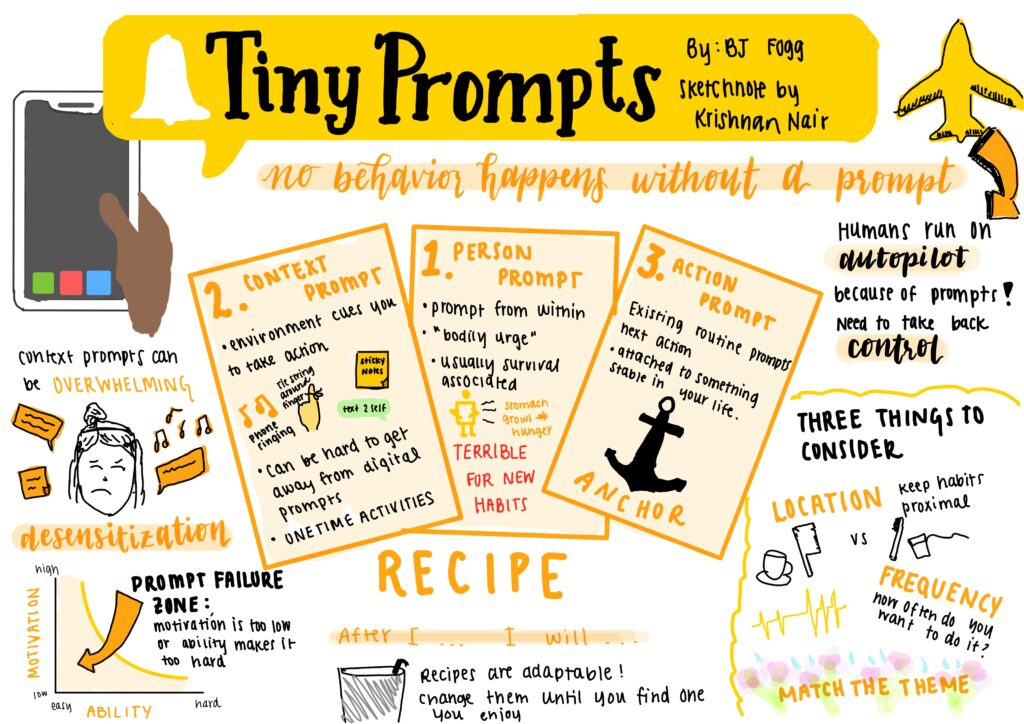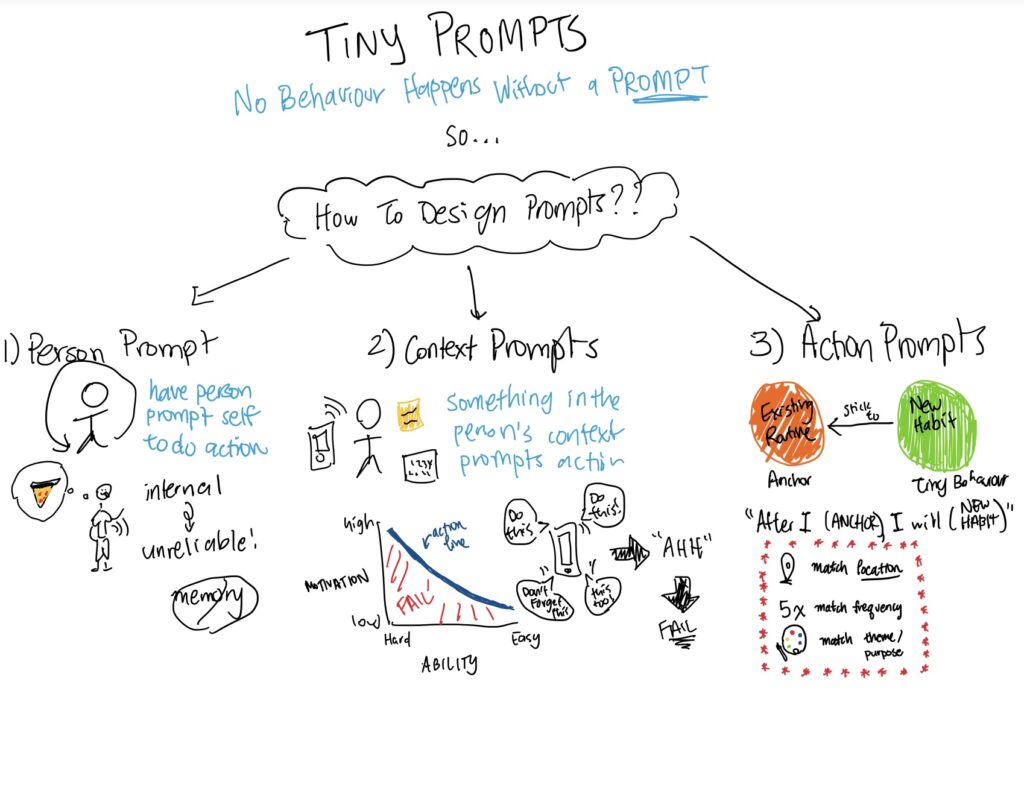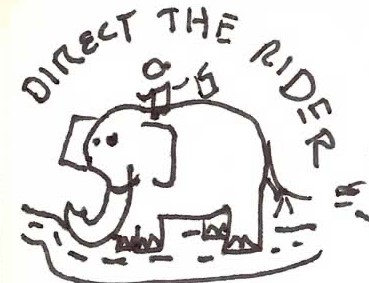Before this class…
Before this class, I was going into it thinking “This is a design class, I’ve got to prepare for a heavy technical workload.” I wasn’t expecting that it would be less of that, and looking back, I was surprised that it was more focused on the process and execution of study design. I really enjoyed focusing on the rigor of that process and the details that help shape intentional and effective behavior change. This class gives more time and space to focus on the testing and iteration part of the design process that we were taught in CS 147, while being grounded in research and ethical considerations along the way.
Loves and areas to improve
I enjoyed how the ethics discussions we had were centered around considerations for our projects, and that we engaged in meaningful questions pertaining to them. I think this is a step up from other CS courses where ethics is implemented in a way that feels like slapping a bandage on the course (granted, I think it’s improving in courses recently, but in the past it hasn’t been done very effectively). For specific moments, I really enjoyed getting to conduct usability tests and seeing reactions and feedback for our prototypes. This extends to the baseline and intervention studies as well; being able to listen to and incorporate honest feedback is a refreshing experience that helped me be a more thoughtful contributor throughout the project.
One thing that I think could be improved is the flexibility of diagrams/visualizations for our projects. For example, I personally found the bubble maps to be less useful in our process than other diagrams, and wished it had been covered in class in a way that is more applicable/understandable in the class context (rather than seeing architectural examples). Some diagrams are more effective than others depending on the need, so either allowing for that flexibility or more clearly incorporating specific, helpful diagrams into the class would help!
Tools
The strongest tools that I’m taking away from this class include: connection circles, system path diagrams, storyboarding ideas, and wireflows. I think these all work to help centralize group understanding at each stage of the process, from synthesizing behavior study results to detailing what components look like in implementation. Having a clear, shared group vision of the product as it evolves was certainly a critical thing to maintain throughout the quarter, and I believe that these tools contributed a lot to that. Additionally, using moodboards to create style tiles was a great exercise that I think I’ll keep in mind for the future. Having the space for playful, creative ideation really helped my team come together and enjoy figuring out what personality and tone we wanted to convey. The “cool, chic, trendy” suburban aunt/mom with their comfort/support creature was motivating to keep in mind as we directly took inspiration from our moodboards to shape our style tiles. It was also a space to see the creative direction of each team member as we ideated apart, and see where our vision came together as we discussed what aspects of our individual ideas felt suitable for our goal.
As mentioned above, I thought that bubble maps were not quite a strong fit as the other diagrams contributed a lot more details to the overall flow and structure of the solution, from beginning to end of the experience. Additionally, I wished that the process from raw data to grounded theory had more time to be walked through in class. I think the process itself was useful, but it was hard to approach at the time given all the other things we were incorporating in class. The reference to Krishnan’s previous team work was helpful, but how can that be incorporated into the class/team process sooner? How can teams set up that approach earlier to help them be successful?
Personal reflections
This class definitely made me improve the way I work in teams. As someone who naturally tends to act like a project/product manager in groups, I initially did a lot of the team organization, from leading weekly meetings to setting up and proofreading documents for deliverables. I took charge in making sure components continued to build towards a stronger final product, but my team and I realized that the work was putting additional labor on me. Midway feedback helped us reflect and restructure the way the team was functioning and allowed for leadership to be rotated. While my attention to detail is still helpful for the team, this quarter was practice in trusting my team to lead more. I had to acknowledge when my anxiety created negative experiences for my teammates, and work on being accountable for that and actively taking a step back.
When it comes to societal concerns, this class highlighted to me the many ways in which people are nudged, persuaded, and manipulated by products all around us. In turn, I feel that I walk away from this class as a more critical consumer, user, and designer of products. What I choose to use does have an impact on me, and what I choose to design has an impact on others, no matter how small. The class has solidified for me the importance of being clear on my intention and responsibility in design.
Ethical Considerations: Nudging and Manipulation
There were good ethical considerations brought up in class through the readings and discussion. When it comes to nudging and manipulation, our project uses pop-up interruptions to disturb a user’s attempt at accessing social media. The nudges themselves are acceptable since we assume the user downloads the app freely and knowingly, and allows permissions for app/screentime tracking so that they can change their habits towards social media. Thus, the nudges are self-imposed and done with consent. Additionally, we focus on personal reflection and offer alternative, healthy activities for users to engage with. This is with the goal of encouraging intrinsically motivated behavior.
However, the ideal case hinges on that assumption and that the nudge is perceived to be thoughtful and encouraging. One use-case where the mechanisms can be manipulative is when the user does not install the app willingly; they can be subject to popups unwillingly. We do our best to give the user control over this by having them select which apps to be tracked so they can disable unwanted nudges, but that still can’t fully protect against having the app downloaded unwillingly. If the nudges themselves are perceived to be shameful majority of the time by the user, that also opens the possibility of manipulation as the user may develop an unhealthy mindset towards the nudges, and by extension, towards their own choices/behaviors. Not only does that go against the solution’s intention, but it may spiral into increasingly negative thoughts if not mitigated. If developed into a full product, I certainly see multiple rounds of user testing and longitudinal studies in order to have a better grasp of the long-term effects of the solution.
Nows and Next Times
Overall, I think I’ve had the opportunity to practice my skills as a critical designer and team contributor. I’ve gotten the chance to practice applying ethical lenses to design decisions along the way and extracting raw data and feedback into intentional changes. Now, I think I have a stronger understanding of how I might contribute to larger, more impactful teams in my career through my background and experiences in this class. Hopefully as my career evolves, I’ll be able to continue grounding my work in careful considerations for the user as well as viewing the design process as a holistic, always-complex method that should keep itself responsible and humble.
P.S. Shoutout to the amazing teaching team, thank you for encouraging us and always striving to improve!



